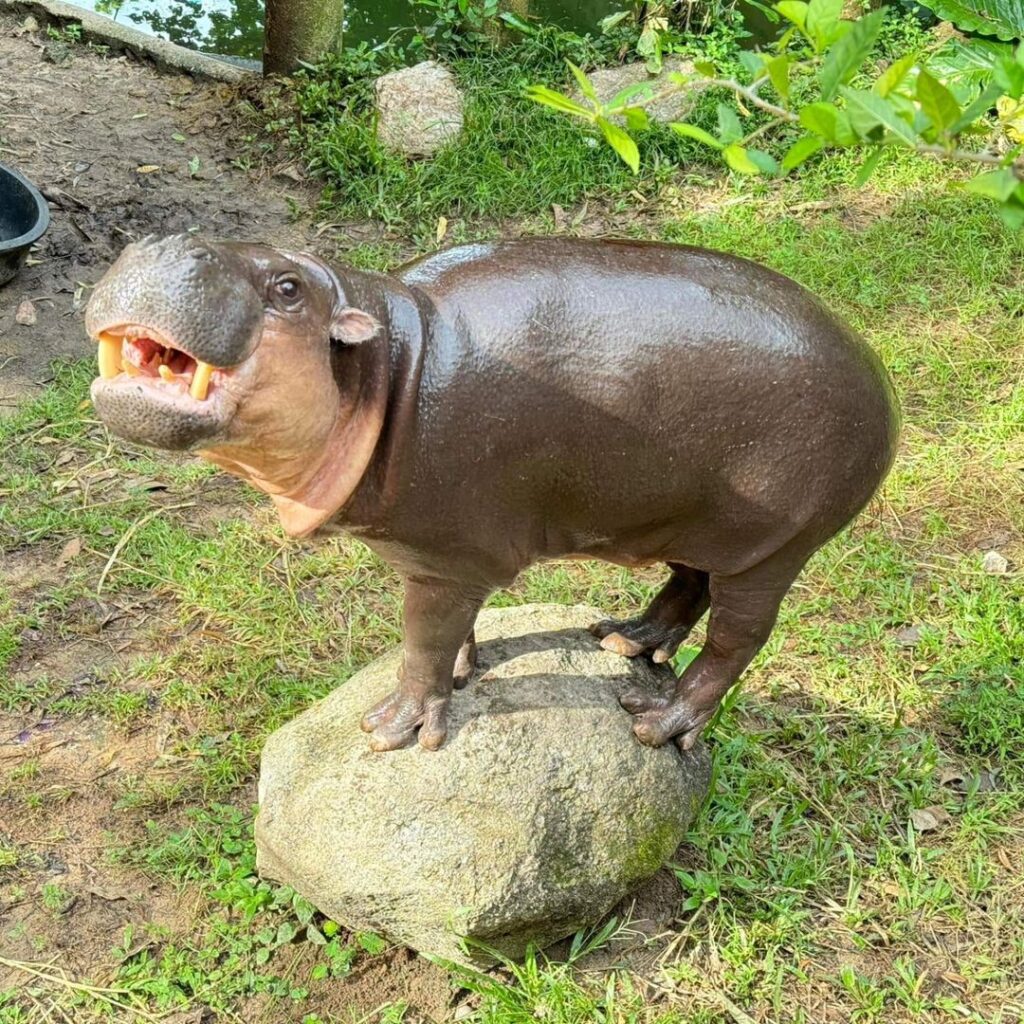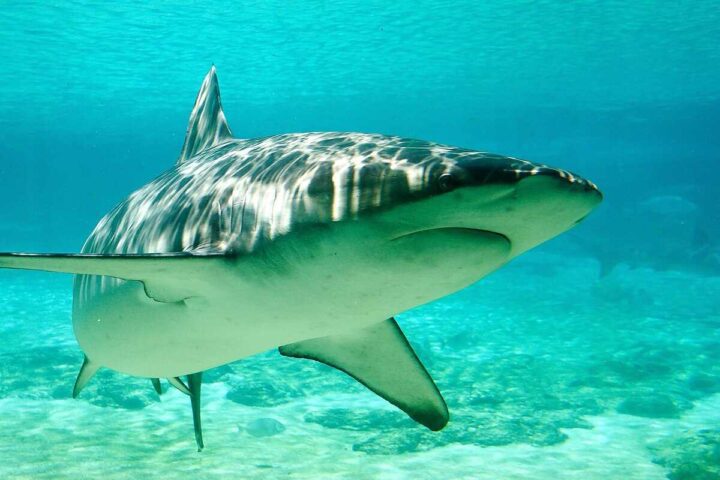In an era where internet fame can strike even the most unlikely of creatures, a baby pygmy hippopotamus named Moo Deng has become the latest social media darling. Born on July 10 at Khao Kheow Open Zoo in Chonburi, Thailand, this two-month-old hippo has captivated millions with her endearing antics. However, her newfound popularity has brought unexpected challenges, raising questions about the impact of viral animal sensations on zoo management and animal welfare.
Moo Deng, whose name translates to “bouncy pig,” was christened through an online poll that garnered over 20,000 votes. Her rise to stardom began when the zoo started sharing videos of her daily activities, including eating and, rather impressively, opening a door. These snippets quickly spread across various social media platforms, with a dedicated TikTok page amassing over 2.8 million followers.
The surge in Moo Deng’s popularity has led to a significant increase in visitor numbers at Khao Kheow Open Zoo. However, this influx has brought its share of problems. Recent incidents have shown a disturbing trend of visitor misconduct, with some individuals throwing objects at Moo Deng and even pouring water on her while she slept.

Narongwit Chodchoi, director of Khao Kheow Open Zoo, has taken a firm stance against such behaviour. “These behaviours are not only cruel but also dangerous,” he stated, according to the Nation Thailand. “We must protect these animals and ensure that they have a safe and comfortable environment.” Chodchoi has warned of potential legal consequences for those who harass the beloved hippo.
In response to these incidents, the zoo has implemented stricter visitor policies. Viewing times for Moo Deng have been limited to just five minutes on Saturdays and Sundays. This measure aims to balance the public’s interest in the young hippo with the need to protect her well-being.

The situation at Khao Kheow Open Zoo is not unique. As social media continues to shape public interest in zoo animals, facilities worldwide are grappling with the challenge of managing viral sensations. The case of Moo Deng exemplifies the double-edged sword of internet fame for zoo inhabitants.
While increased attention can boost conservation awareness and zoo attendance, it also risks compromising animal welfare. Experts in animal behaviour warn that sudden changes in environment and excessive human interaction can cause stress in young animals, potentially affecting their development and health.
Similar Posts
Moo Deng’s story goes beyond that of a cute zoo attraction. As a pygmy hippopotamus, she represents a species facing significant challenges in the wild. According to the IUCN Red List of Threatened Species, there are only about 2,000-2,500 mature pygmy hippos remaining as of 2015. Their numbers continue to decline due to hunting and habitat destruction.
The Pygmy Hippo Foundation reports that these diminutive relatives of the common hippopotamus are primarily found in West African countries such as Liberia, Sierra Leone, Guinea, and Ivory Coast. Unlike their larger cousins, pygmy hippos lead mostly solitary lives in forests and swamps.
Recent genetic research has shed light on the evolutionary history of these fascinating creatures. A 2023 study led by Jan Janecka, a geneticist at Duquesne University, revealed that pygmy hippos and common hippos diverged around four million years ago. “Our study found that they split around four million years ago, which is more recently than previously thought,” Janecka explained.

This timeline puts the hippo species’ divergence at about one to two million years before humans and chimpanzees or lions and tigers separated. The research suggests that pygmy hippos may have evolved to be smaller and more land-adapted, while common hippos grew larger, supported by their aquatic lifestyle.
As Moo Deng continues to grow under the watchful eyes of both zookeepers and internet fans, her story serves as a case study in the complexities of modern zoo management. The challenge lies in balancing public engagement with animal welfare, all while contributing to crucial conservation efforts for endangered species.

The viral fame of animals like Moo Deng can be a powerful tool for raising awareness about endangered species and conservation efforts. However, it also necessitates a reevaluation of zoo policies and visitor education. As we move forward in an increasingly connected world, finding this balance will be crucial for the well-being of captive animals and the preservation of their wild counterparts.
In the end, Moo Deng’s tale is not just about a cute baby hippo. It’s a reflection of our changing relationship with wildlife in the digital age, and a reminder of the responsibility that comes with stewardship of endangered species. As Moo Deng grows, so too must our understanding of how to protect and appreciate these remarkable creatures.

















